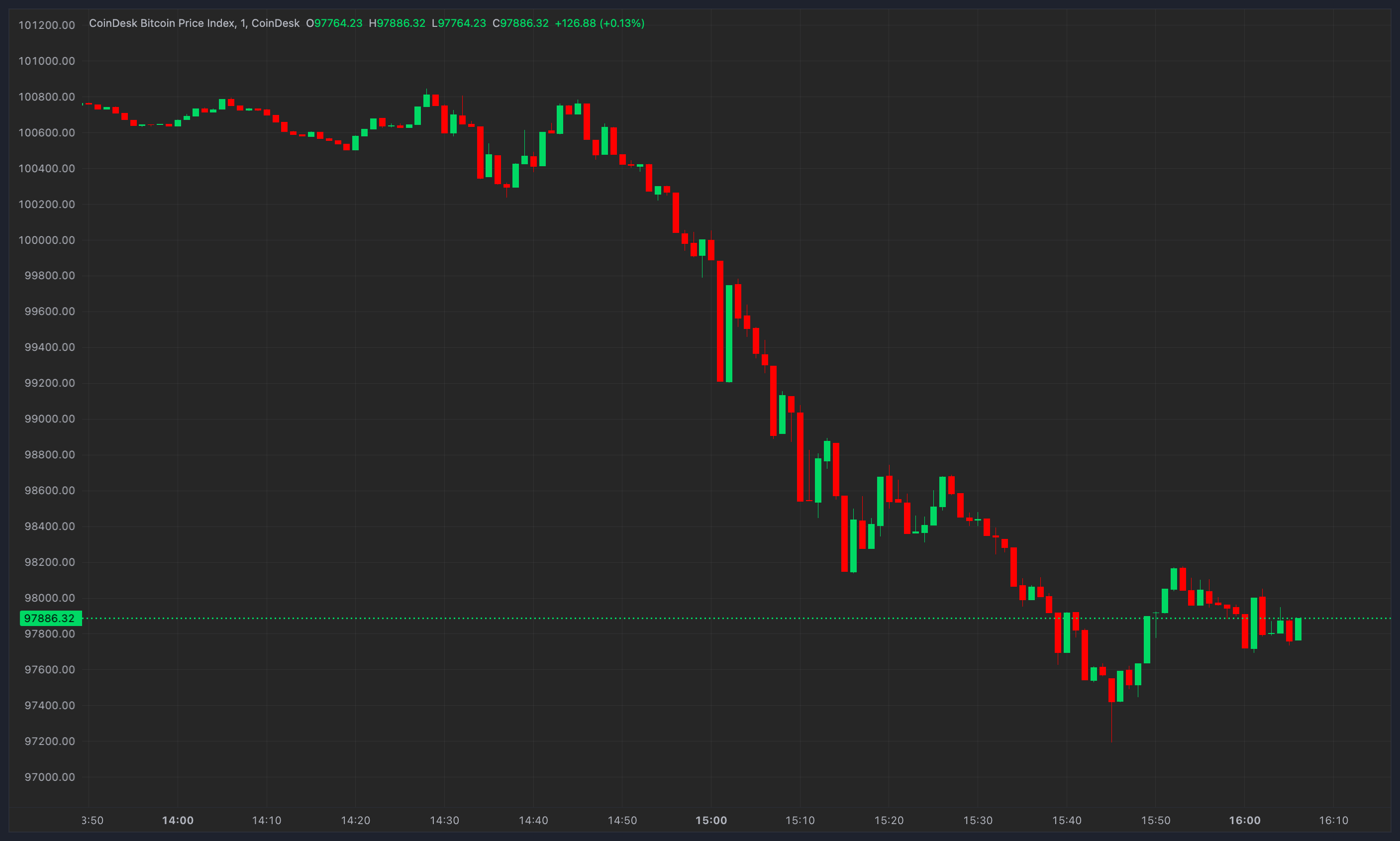
Web3 is the new generation of the Internet set to disrupt business operations in the near future.
David Schwed, COO of Halborn, discusses how Web3 security will differ from Web2 security, and what organisations leveraging Web3 capabilities will need to consider
Over the course of its existence, the Internet has undergone continuous evolution. From the early 1990s until now, there have been substantial modifications, as search engines replacing encyclopedias, libraries, and newspapers are now the primary method for accessing the internet — which in turn has become the dominant source of information. As the Internet has continued to develop, however, so too have the security concerns and vulnerabilities that put it at risk.
Web3 — widely regarded as the future of the Internet — introduces positive changes while confronting businesses with a fresh batch of security risks. More than ever, strategic threat prevention, investigation, and response are imperative for ongoing success. In this article, I will compare Web2 and Web3 from a security standpoint; address irreversible transactions; explain how Web3 is a money layer for the internet; and describe Web3 cyber security challenges as the industry grows.
>See also: We need to talk about metaverse security
Web3 vs Web2
In recent years, Web3 has emerged as the novel technology. When considering the evolution of the Internet, it is important to compare prior generations (such as Web1 and Web2) with what is to come because interest in Web3 is rising as blockchain and security technology become more widely accepted.
Web2 has fundamentally altered both the web and the sectors that sustain it. With just one click, users may now collect, create, and distribute enormous volumes of data and the Web as we know it today was made possible with the addition of user-generated content and dynamic, interactive websites through Web2.
Web3’s expansive acceptability and usage are correlated with those of blockchain, cryptocurrency and cyber security. Blockchains for cryptocurrencies are open ledgers that keep track of and validate all transactions inside a network. Everyone has access to transactions, the involved pseudonymous addresses, and the amounts of money transmitted.
Users of blockchain-based systems like Web3 are recognised by their public key and blockchain address, making them pseudonymous. Compared to independent websites hosted on a single server, Web3 uses the immutable ledger of the blockchain to store data. This means that Web3’s use of the blockchain offers more resilience, protection against censorship, and other benefits. With this in mind, Web3 security must be more proactive and prevention-oriented than Web2 security. This is due to an increased need for the protection of cryptocurrencies and digital assets. Hackers are breaching networks to steal cryptocurrencies.
The inherent risk of Web3
Where data is distributed, data is also at risk. Blockchain integrates various technologies to offer a secure record of transactions between parties without a central authority, like a bank, while Web2 is strongly centralised. A major portion of Web traffic and infrastructure is under the control of large tech corporations (such as Meta and Twitter). Although this has important privacy repercussions, it also means that these organisations are responsible for their own security and have access to substantial resources to secure their infrastructure. With Web3, blockchain provides a safe mechanism of exchanging information across a peer-to-peer network and has numerous uses related to monetary transfers, among other things.
While decentralisation is one of Web3’s most significant advantages, there are also the advantages of greater privacy and security. In Web3, maximising data privacy is a key priority. Data will be completely in the users’ hand and they can choose to divulge or withhold the information.
Web3 will also be safer than earlier internet versions, due to blockchain technology and its independent structure. It will be extremely difficult for hackers to exploit the network, and even if they do, their actions will be more transparent. Hacks are still possible in a decentralised system, despite the fact that most blockchains have established protections against this possibility.
>See also: Information Age guide to data + privacy
Web3 as a money layer for the Internet
Web3 is taking blockchain technology to a new level. It proactively dismantles financial barriers and revolutionises how we interact with money and liquidity online. As a transformative resource for revolutionising finance, Web3 is a money layer for the Internet’s manifestation of a global economy.
Blockchain, cryptocurrencies, and tokens are more than simply a form of mystical online money. These internet-native, full-fledged parallel economies are developing from these digital financial technologies as they evolve. In the digital economy, Web3 products fulfill special needs that conventional financial systems are unable to. The application layer being built is what businesses should focus on the most because it will undoubtedly have an influence on many firms in the future. Similar to how the introduction of smartphone applications led to new ways for us to use our phones — at first, these applications were largely focused on mobile games. The blockchain’s application layer, or Web3, is bringing new ways for us to utilise the Internet.
By way of cryptocurrencies, money is integrated into the Web itself in Web2. As evidenced by the nearly $26bn in DeFi hacks as of June 2022, this makes it simpler for cyber criminals to monetise their attacks, making financial attacks and security more crucial to take into account.
Cyber crime is driven by money. The majority of the most frequent assaults, like ransomware, offer a clear way to profit. Financial theft in Web2 typically entails stealing valuable data and monetising it in some way, such as payment card information or data that can be used for fraud. As the momentum for Web3 increases, developers have begun creating innovative applications to protect digital assets, which are only beginning to demonstrate the potential power of this blockchain application layer.
Web3 cyber security and challenges
The Internet-based economy is still developing. Over the next ten years, adoption is projected to dramatically increase, and the next Internet era will be significantly impacted by the builders and innovators of today. However, the opportunity for innovation to address fresh security issues brought on by various application architectures will determine the success of Web3. It will be necessary to create new and secure infrastructures and routes for possible revenue sources, particularly for curated content, goods, and experiences.
The Web3 architecture contains security trade-offs, just like any other system. The decentralised nature of Web3 and blockchain technologies offers particular security issues due to a lack of maturity in terms of institutional grade security. It is challenging to monitor and manage security vulnerabilities in these networks, since there is no centralised body in charge of them. As a result, these technologies have become a target for hackers since they are frequently utilised to store sensitive data, most notably cryptocurrencies. Because wallets are still software, they are still hackable code, and as such are potentially exploitable.
Before Web3 replaces Web2, it will need to make major advancements because it is still in its early stages. Some security issues may be definitively resolved as technology develops and matures, while others may be created. The naysayers will come to realise that Web3 is the pinnacle of decentralised financial services, and blockchain is here to stay.

Related:
Combating common information security threats — What are the security threats most often faced by businesses today and how can they be overcome?
Privacy Enhancing Technologies: transforming data usage — Ellison Anne Williams, CEO and founder of Enveil, identifies three use cases for Privacy Enhancing Technologies that are transforming data usage for organisations.
Read More: news.google.com









 Bitcoin
Bitcoin  Ethereum
Ethereum  Tether
Tether  XRP
XRP  Solana
Solana  Dogecoin
Dogecoin  USDC
USDC  Cardano
Cardano  Lido Staked Ether
Lido Staked Ether  TRON
TRON  Avalanche
Avalanche  Sui
Sui  Wrapped stETH
Wrapped stETH  Chainlink
Chainlink  Toncoin
Toncoin  Stellar
Stellar  Shiba Inu
Shiba Inu  Wrapped Bitcoin
Wrapped Bitcoin  Hedera
Hedera  Polkadot
Polkadot  WETH
WETH  Bitcoin Cash
Bitcoin Cash  LEO Token
LEO Token  Uniswap
Uniswap  Litecoin
Litecoin  Pepe
Pepe  Hyperliquid
Hyperliquid  Wrapped eETH
Wrapped eETH  NEAR Protocol
NEAR Protocol  Ethena USDe
Ethena USDe  USDS
USDS  Internet Computer
Internet Computer  Aptos
Aptos  Aave
Aave  Mantle
Mantle  Render
Render  Cronos
Cronos  POL (ex-MATIC)
POL (ex-MATIC)  Ethereum Classic
Ethereum Classic  Bittensor
Bittensor  MANTRA
MANTRA  WhiteBIT Coin
WhiteBIT Coin  Virtuals Protocol
Virtuals Protocol  Artificial Superintelligence Alliance
Artificial Superintelligence Alliance  Tokenize Xchange
Tokenize Xchange  Monero
Monero  Dai
Dai